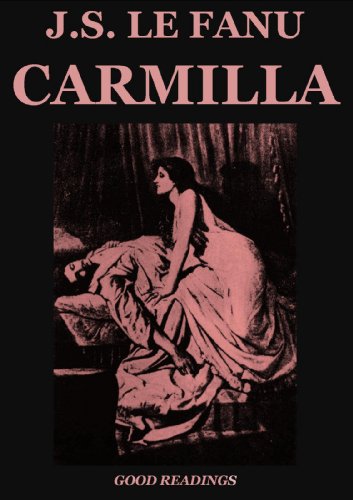
Carmilla (1872)
by J.S. Le Fanu
Queer writer: No
Explicitly queer characters: Yes
Queer elements: The predecessor to Bram Stoker’s Dracula, Le Fanu’s 1872 novella is the mother of all lesbian vampire media. Not only does this book feature vampires in all their queer glory, but this vampire is a woman who is set on seducing Laura, the young female protagonist.
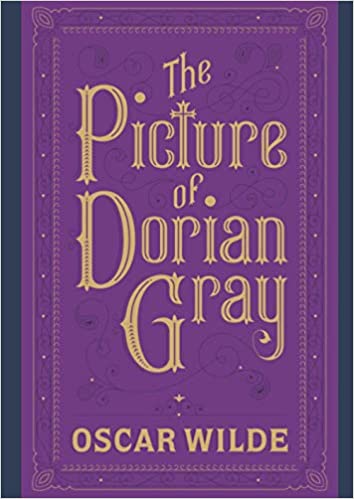
The Picture of Dorian Gray (1890)
by Oscar Wilde
Queer writer: Yes
Explicitly queer characters: Technically no. However, the novel was used as evidence against Wilde during an 1895 court case in which Wilde attempted to prove that he was not gay (he was).1
Queer elements: See above. Many of the characters in this novel are clearly queercoded. Beyond this, the story focuses on Dorian Gray, who seeks to sell his soul and stay young for ever—a plotline through which several binaries (life/death, youth/age, beauty/monstrosity) are explored and exploded.
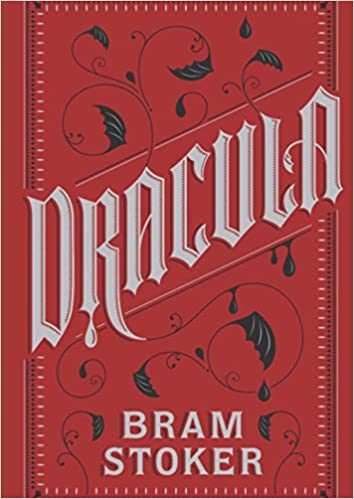
Dracula (1897)
by Bram Stoker
Queer writer: Maybe. There is some speculation that Stoker was gay, but nothing has been reliably confirmed.
Explicitly queer characters: No
Queer elements: Again, vampires, with all their inherent queerness. There are also a number of scholars who would argue that Dracula himself exhibits clear bisexual tendencies.
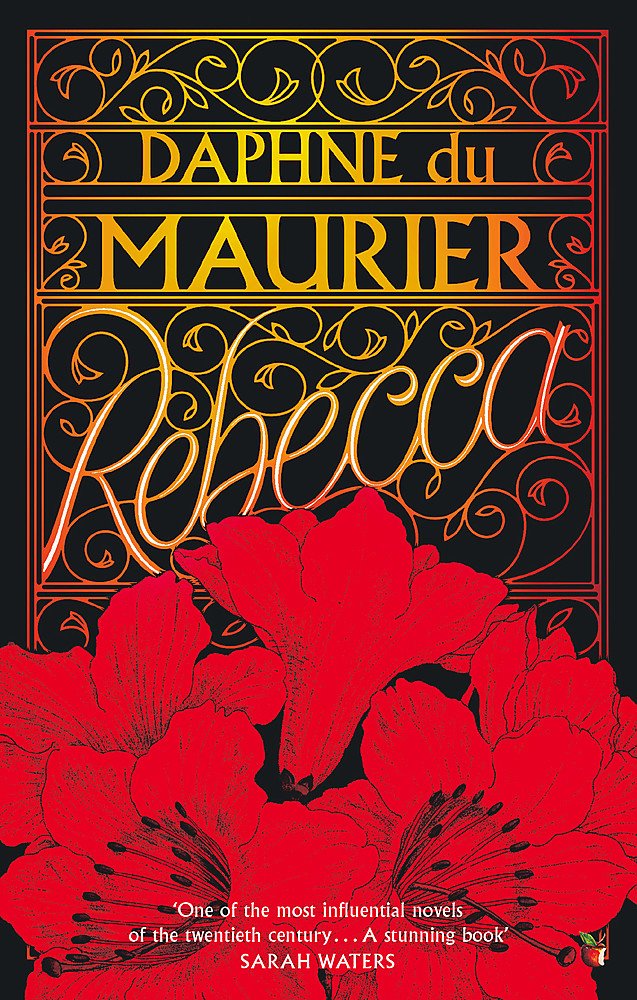
Rebecca (1938)
by Daphne du Maurier
Queer writer: Yes
Explicitly queer characters: No
Queer elements: In a 1993 biography, Du Maurier’s queerness was brought to light (Du Maurier reportedly referred to herself as a woman “with a boy’s mind and a boy’s heart”). Du Maurier’s own queerness, along with her known love for Ellen Doubleday and actress Gertrude Lawrence, have opened the gates for several queer readings of Rebecca, especially concerning the relationship between the grim Mrs. Danvers and the titular Rebecca.2 This novel also includes a collision of past and present that creates a very queered experience of time.
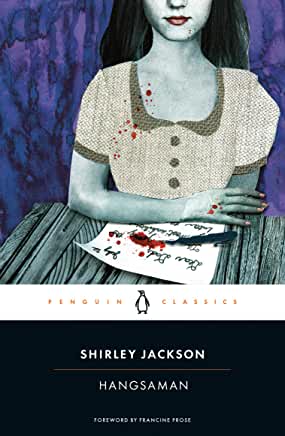
The Haunting of Hill House (1959)
by Shirley Jackson
Queer writer: No
Explicitly characters: No; however, the character of Theo is strongly queercoded, to the furthest extent that the censorship of the 1950s would have been likely to allow.
Queer elements: Though many of Jackson’s novels contain hints of lesbianism, perhaps most famously her 1959 classic The Haunting of Hill House. In many adaptations of this work, Theo is portrayed as openly lesbian (or sometimes bisexual). In addition, throughout the text, the heroine, Eleanor, is continually at a loss for a sense of identity and familial belonging, and she is plagued by both literal and figurative ghosts of the past, all of which feel like inherently queer conceits.
**PSA: the book is almost entirely different from the recent Netflix spinoff.
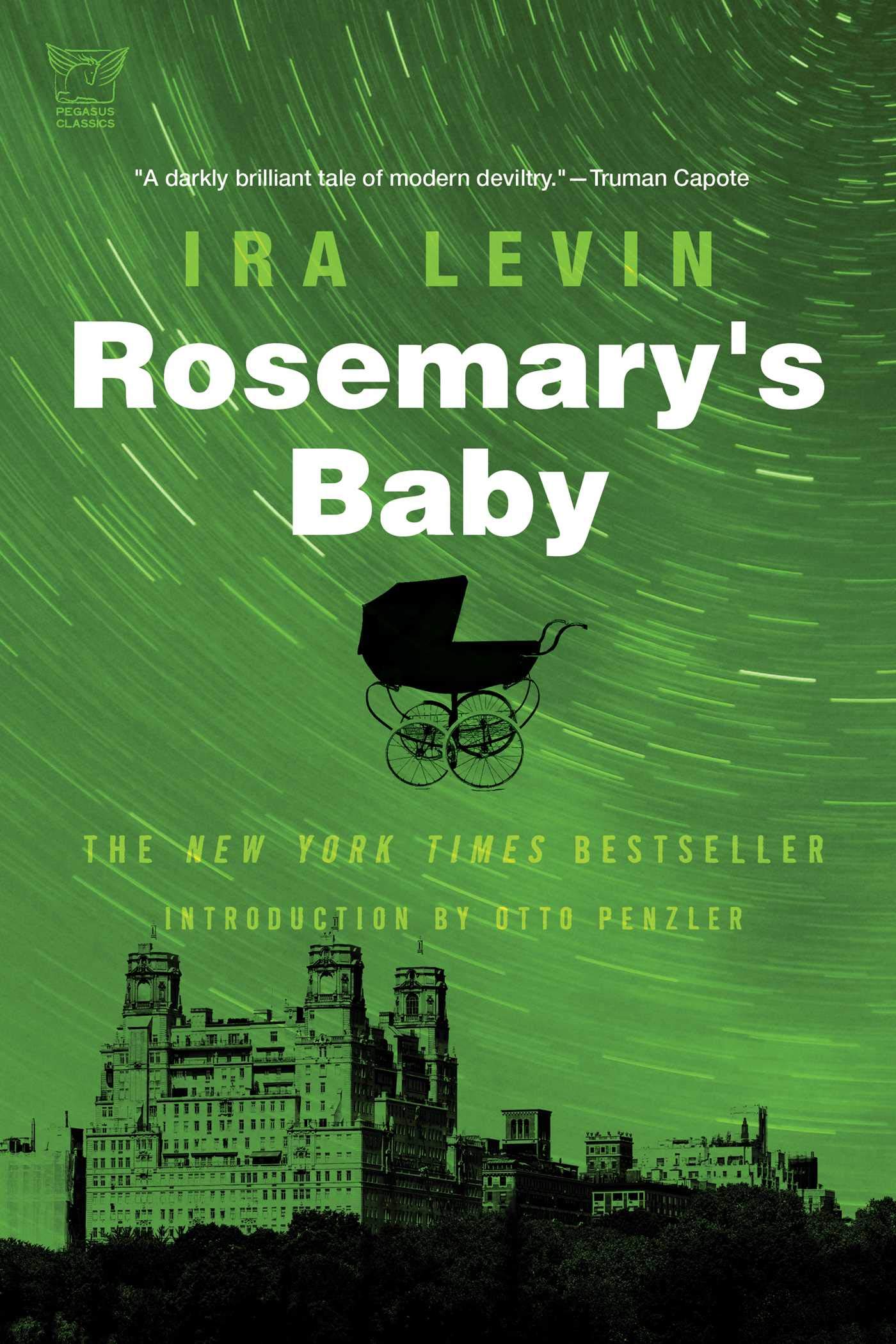
Rosemary's Baby (1967)
by Ira Levin
Queer writer: No
Explicitly queer characters: No
Queer elements: This novel is admittedly one of the less blatantly queer novels on the list. However, a modern reading of the text is ripe for understanding as a distinct queering of heterosexual domesticity and reproduction.
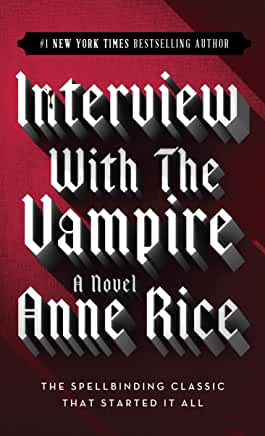
Interview with the Vampire (1976)
by Anne Rice
Queer writer: Unclear. In an interview with The Daily Beast, Rice is quoted as saying “I think I have a gay sensibility, and I feel like I’m gay, because I’ve always transcended gender” as well as “It’s hard for me to remember that I have a gender.”3
Explicitly queer characters: Yes
Queer elements: Vampires again, but this time vampires that the book’s author openly describes as “a same-sex couple with children.”4 In the film adaptation, these queer parents are portrayed by Tom Cruise and Brad Pitt.
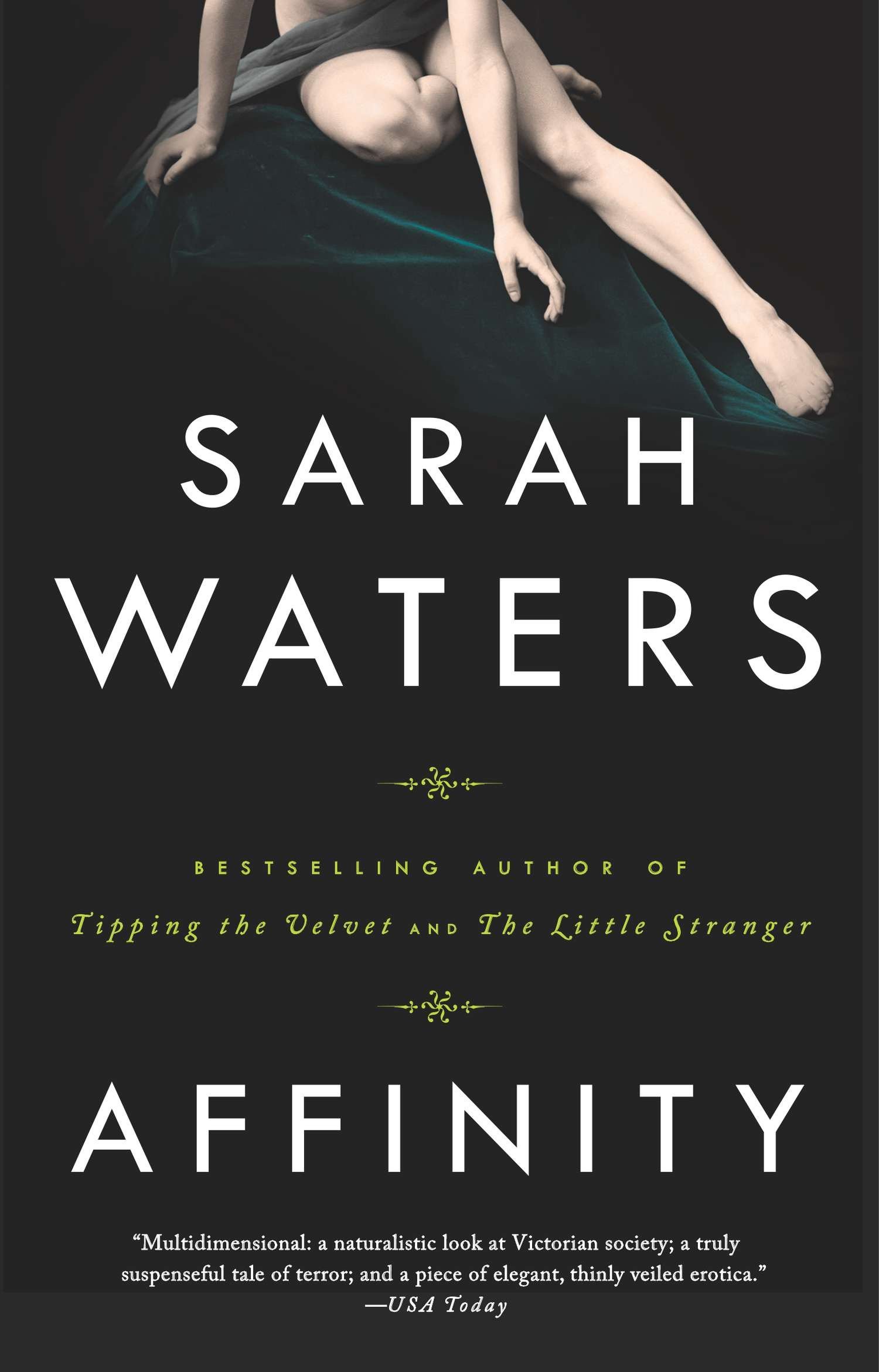
Affinity (1999)
by Sarah Waters
Queer writer: Yes
Explicitly queer characters: Yes
Queer elements: In Victorian-era England, Margaret Prior begins to visit the women of the Millbank Prison and soon enters into a tumultuous relationship with convict and medium Selina Dawes. Also, there are ghosts.
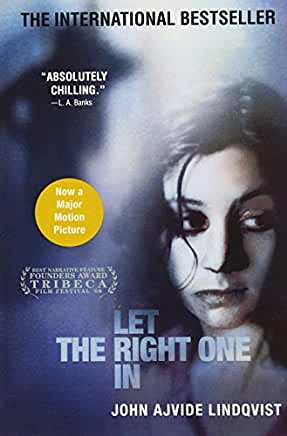
Let the Right One In (2004)
by John Ajvide Lindqvist
Queer writer: No
Explicitly queer characters: Yes
Queer elements: Yet another vampire novel, this time centering on two children in Sweden. In addition to its horror elements, the novel also explores transgenderism and gender fluidity.
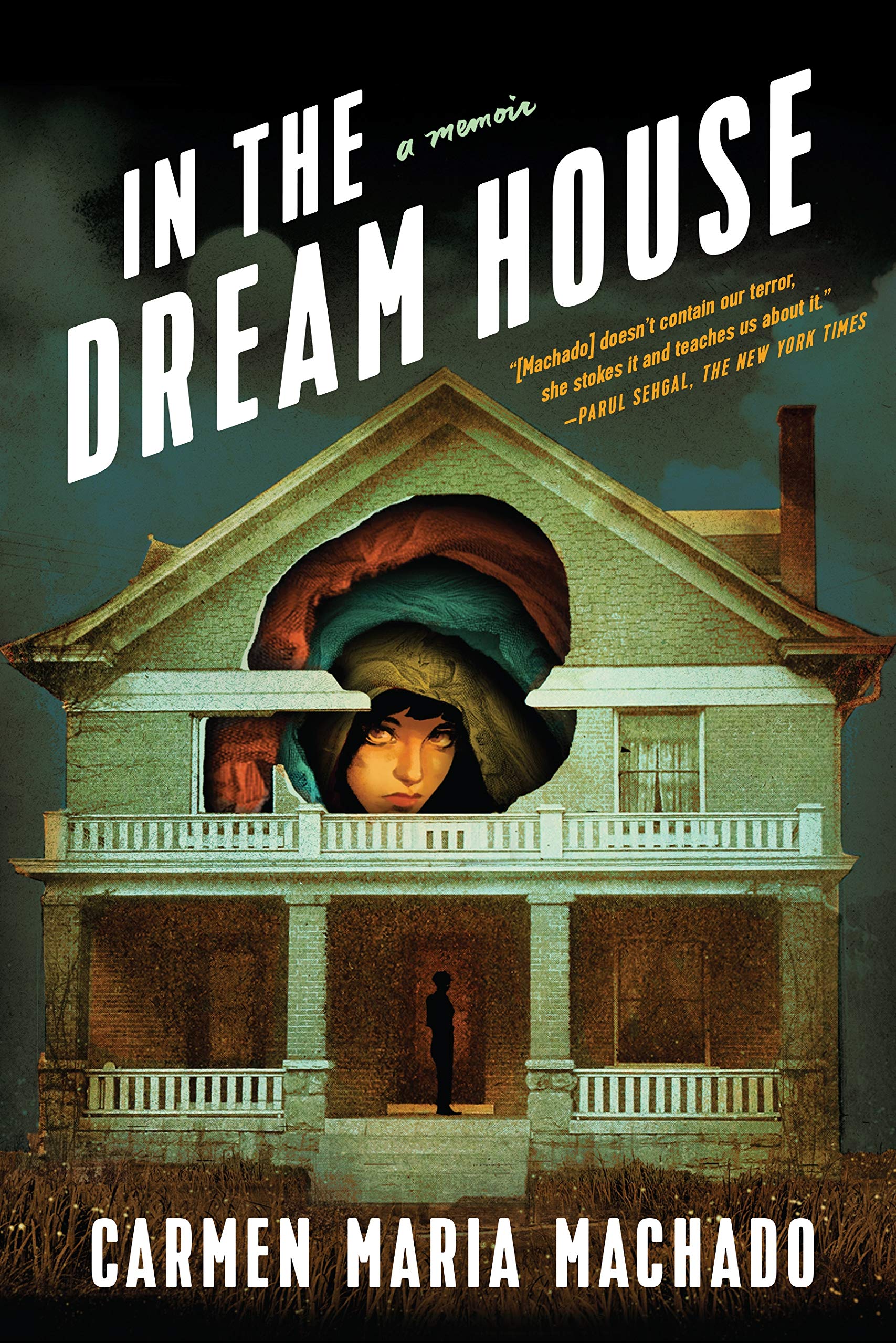
In the Dream House (2019)
by Carmen Maria Machado
Queer Writer: Yes
Explicitly queer characters: Yes
Queer elements: This book is a memoir, which at first might seem like an odd choice for a list of horror novels. However, throughout this work, queer horror champion Carmen Maria Machado recounts the years she spent locked in an abusive relationship with her ex-girlfriend, while also providing a brilliantly sharp analysis of the representation of queerness in horror and other genre media.